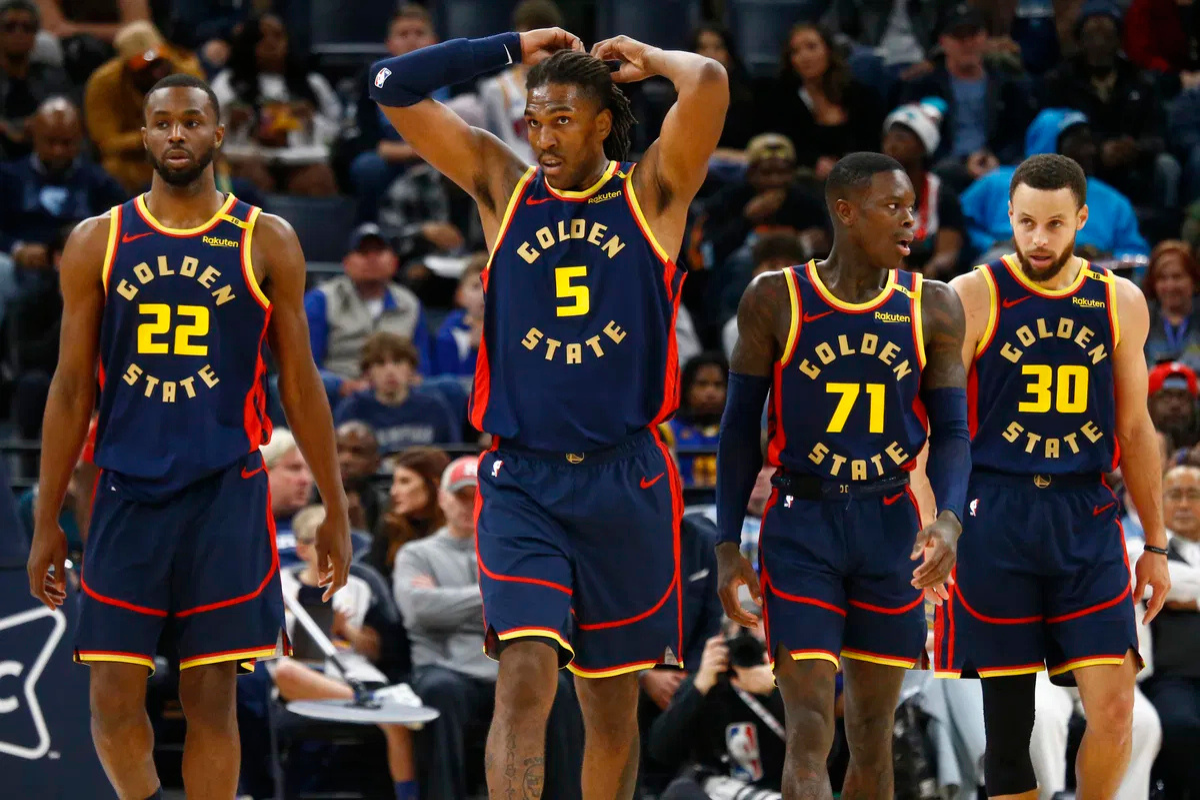

Five years ago, they were basketball’s unstoppable revolutionaries. Shooting threes from the parking lot, breaking records like dishes at a Greek wedding. The Golden State Warriors’ dynasty once seemed like an untouchable force that reshaped basketball forever. But the team faced a harsh reality check in their 117-93 Game 2 loss to Minnesota. Without injured superstar Stephen Curry, the Warriors’ offense sputtered despite 18 points from Jonathan Kuminga. Draymond Green’s technical foul, his fifth these playoffs, now risks suspension, compounding the crisis for a franchise struggling to recapture its championship form. However, this wasn’t always the case for them.
Watch What’s Trending Now!
The recent Warriors’ dynasty redefined modern basketball with their revolutionary three-point assault and selfless “Strength in Numbers” philosophy. Anchored by Curry’s unprecedented shooting range, Thompson’s lethal off-ball movement, and Green’s defensive versatility. Then supercharged by Durant’s arrival, they captured three titles in four Finals trips while setting the NBA’s wins record (73-9). Their pace-and-space dominance didn’t just win championships; it permanently altered how basketball is played at every level. It almost seems, the Dub Nation’s energy and cheers back then acted like a fuel for the Golden squad.
Which doesn’t seem to be the same today, as Monta Ellis claimed. On Out The Mud Podcast hosted by Legends Zach Randolph & Tony Allen, he had something to say about the new Warriors fandom, as compared to the old one. “The Oakland fans, they the best fans in the league.” He began, his voice tinged with nostalgia. “They’re sitting there, I love y’all, but y’all just don’t bring that same type of energy and vibe. Like, we was terrible. Them folks were selling out every night.” Monta Ellis painted a vivid contrast, something intangible has shifted beyond the Xs and Os, the soul of the fanbase itself.
ADVERTISEMENT
Ellis’s voice took on a deep tone as he recalled the symbiotic relationship between those underdog Warriors and their faithful. “Like, we was really trying to win for them. We used to get tore up, but they would still be in there. Then that We Believe team, they just sit down the whole game. You were thinking there was an earthquake outside. It was just that loud in there.” For Ellis, who was traded, that raw connection between team and city was everything. “It was all authentic,” he emphasized. “The fans made that arena, not the arena.”
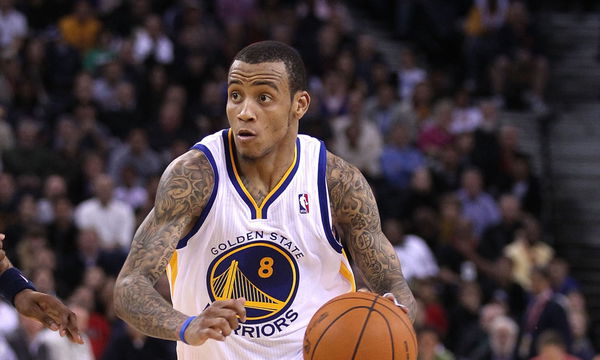
ADVERTISEMENT
He reflected back on his days with the GSW before he got traded to the Bucks for an injured Andrew Bogut. His praise for the “We Believe” era fans underscores how community connection fueled those underdog teams differently than today’s championship expectations. Yet his critique wasn’t bitter, it carried a layer of respect. He said: “They deserved it, though. I’m glad Steph and them was able to give them one, though. The fans.” Also, recognizing the current squad’s grit and wins. His graciousness towards them shows respect for their success while subtly noting how different the franchise environment has become.
ADVERTISEMENT
Green’s anger issues keep the Curry’s Warriors at age
Draymond Green’s elbow found Naz Reid’s face in Game 2’s third quarter. It was a moment as reckless as it was costly. After Reid fouled him on a drive, Green’s arm whipped backward, cracking the Timberwolves center in the jaw. The referees huddled, reviewed the play, and slapped him with a technical. His fifth of these playoffs, plus two flagrant foul points already staining his ledger. Green insisted it was accidental, but the NBA’s disciplinary machine doesn’t run on intent. With seven technicals or four flagrant points triggering an automatic suspension, he’s now dancing on the razor’s edge.
Losing Steph Curry to a hamstring injury was a disaster enough. But Green’s escalating foul count? That’s the Warriors’ nightmare scenario. He’s their defensive anchor, their emotional engine, the connective tissue between a depleted roster and any hope of survival. Steve Kerr’s public acknowledgement, “We need him, and I’m confident that he will because he knows the circumstances.” Wasn’t just some coaching jargon; it was a stark admission of vulnerability.
ADVERTISEMENT
Postgame, Green didn’t just defend the play but he detonated the narrative around it. “I’m not an angry Black man,” he seethed. “I’m a very successful, educated Black man with a great family, and I’m great at basketball and great at what I do. The agenda to try to keep making me look like an angry Black man is crazy. I’m sick of it. It’s ridiculous.” The cameras caught his glare, the weight of years of criticism boiling over. This wasn’t just about one technical; it was about who gets branded a villain in this league and why.
Top Stories
Did NBA Fine Derrick White and Grady Dick for Exchanging Jerseys? Fact Checking Viral News

Steve Kerr Announces Decision on Warriors Future Amid Uncertain Contract Situation
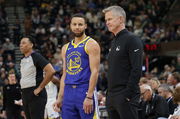
LeBron James Wants to Break NBA Tradition but Lakers’ $52.6M Contract Stands in the Way
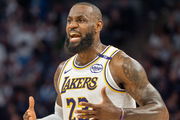
LeBron James Can’t Believe What He’s Witnessed After Wife Savannah’s Major Move

Giannis Antetokounmpo and Anthony Edwards Spark Trade Buzz After Personal Moment in Bucks-Timberwolves

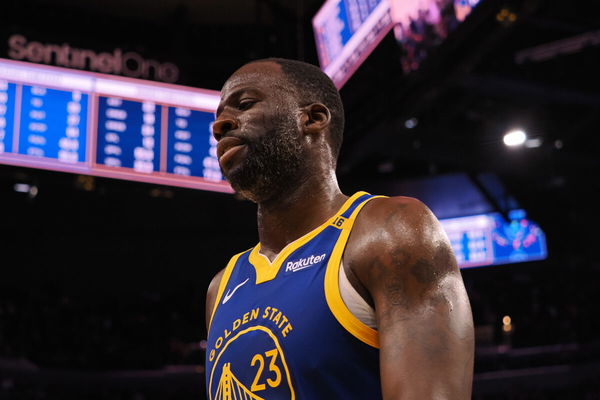
Imago
Mar 17, 2025; San Francisco, California, USA; Golden State Warriors forward Draymond Green (23) walks off the court with time remaining during the final seconds of the fourth quarter against the Denver Nuggets at Chase Center. Mandatory Credit: Kelley L Cox-Imagn Images
Golden State’s dynasty was built on audacity, but this isn’t 2017. There’s no superteam safety net. Either Green rewires his instincts overnight, or the Warriors’ season ends with the quietest of whimpers: a suspension, not a sweep.
ADVERTISEMENT
ADVERTISEMENT
ADVERTISEMENT
ADVERTISEMENT

